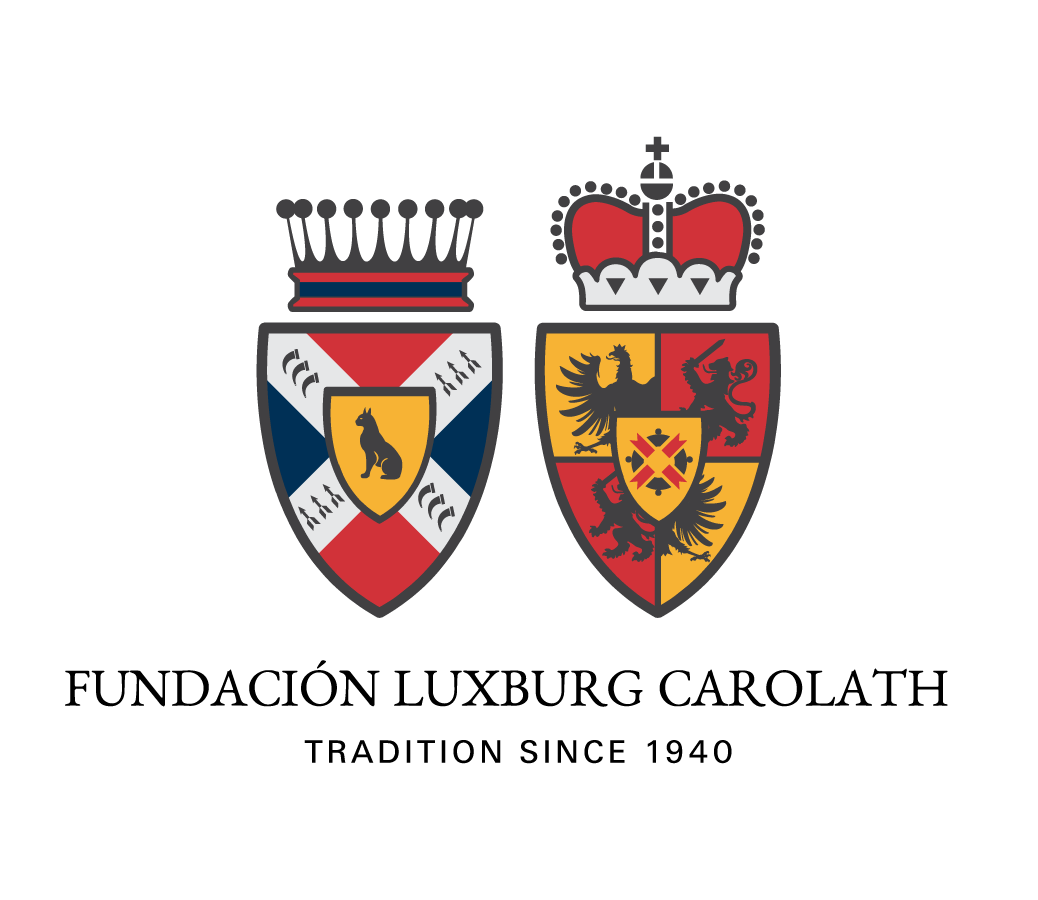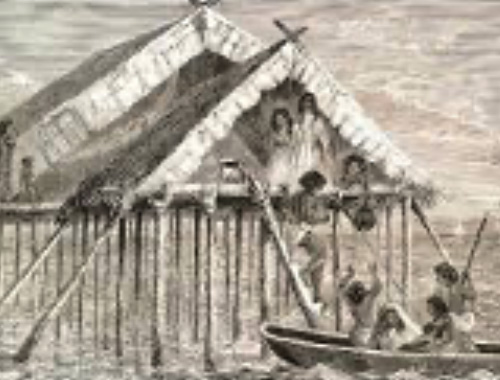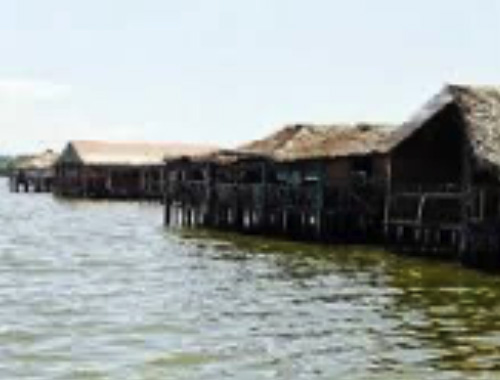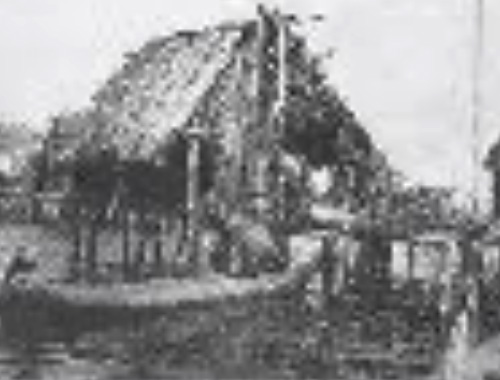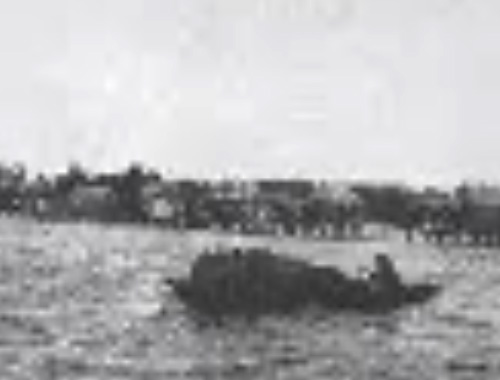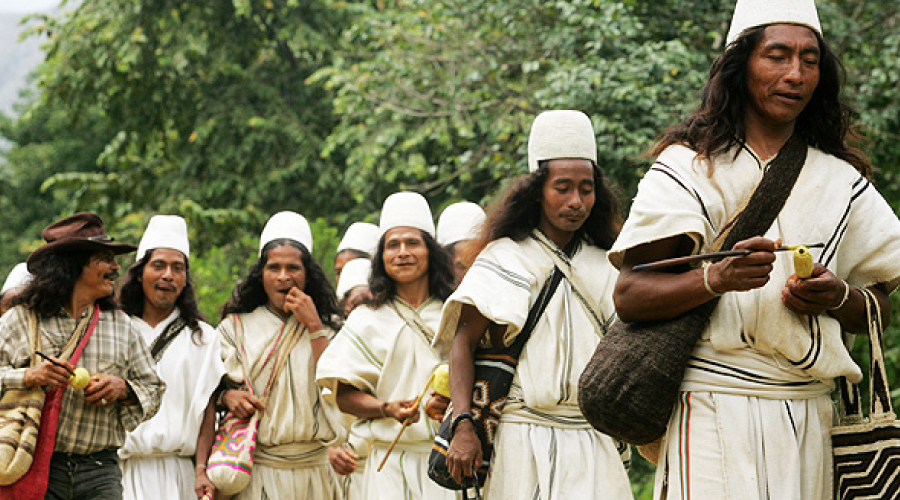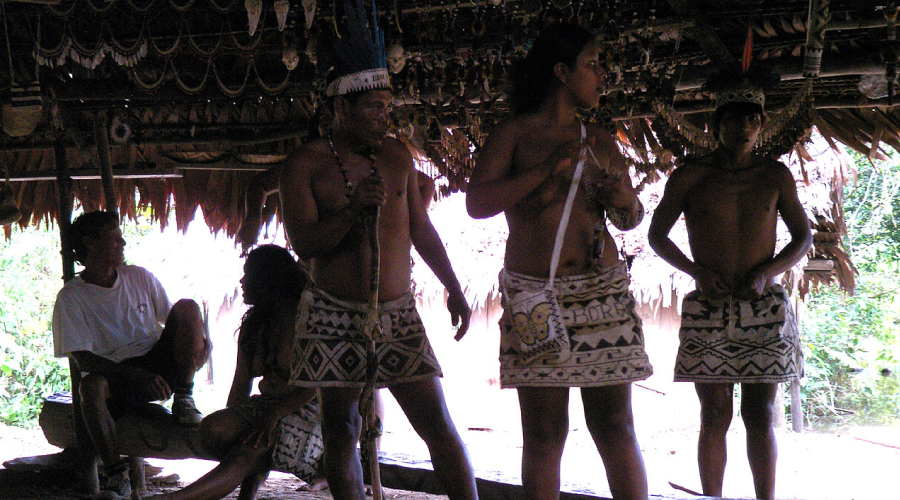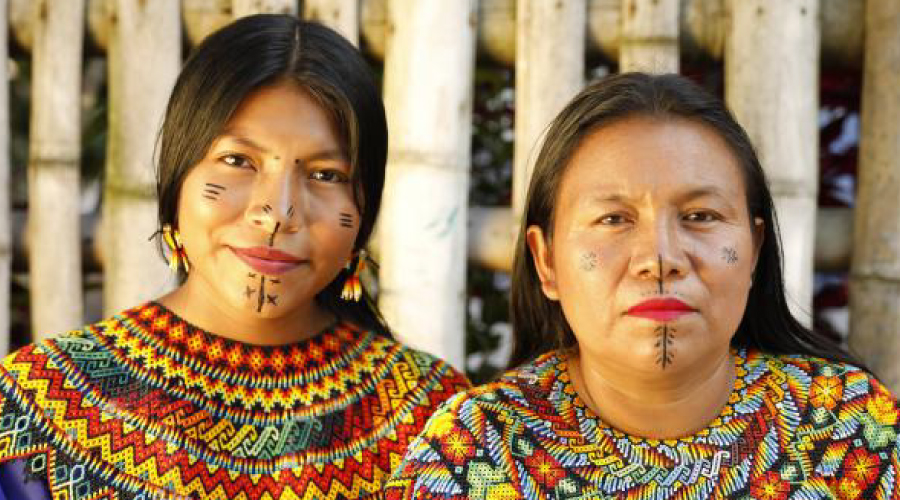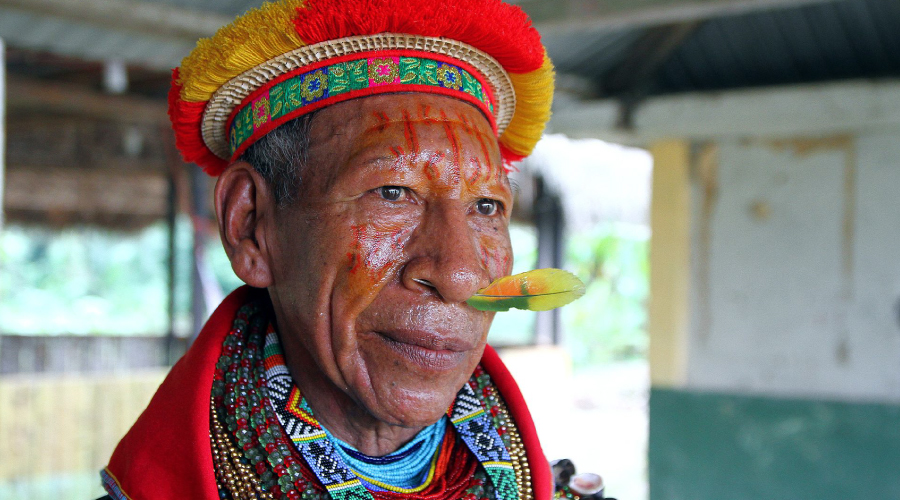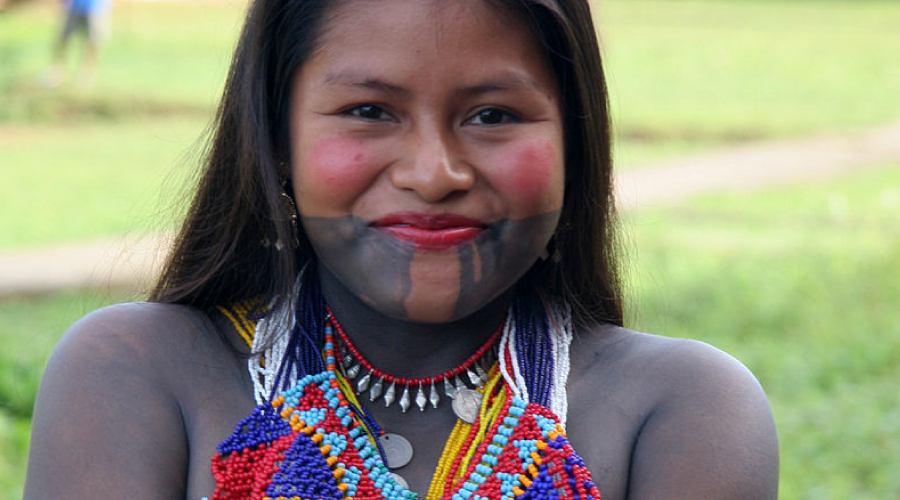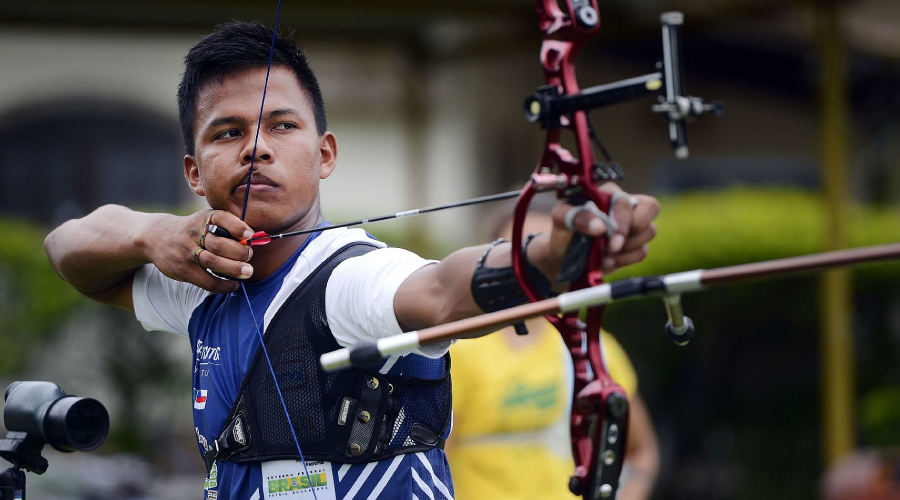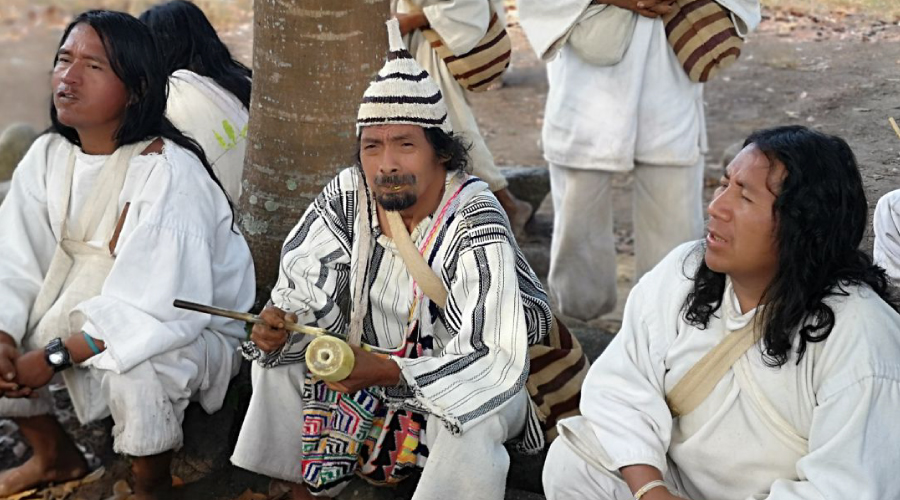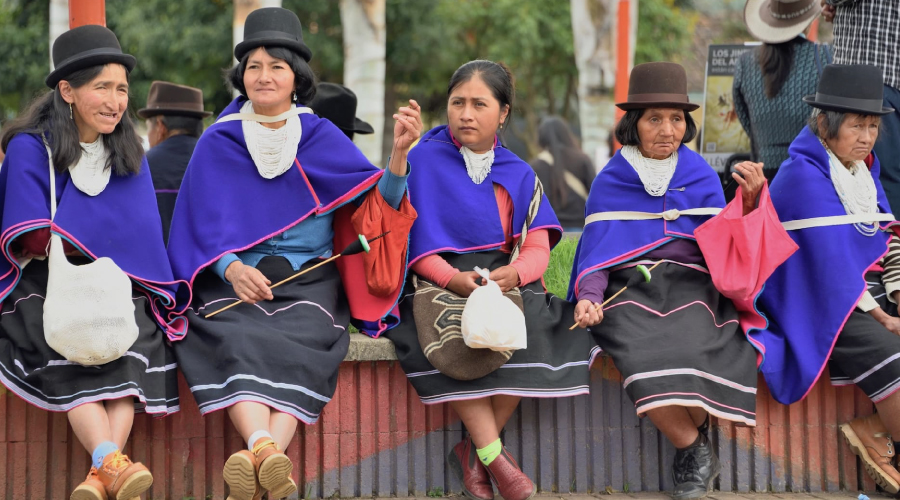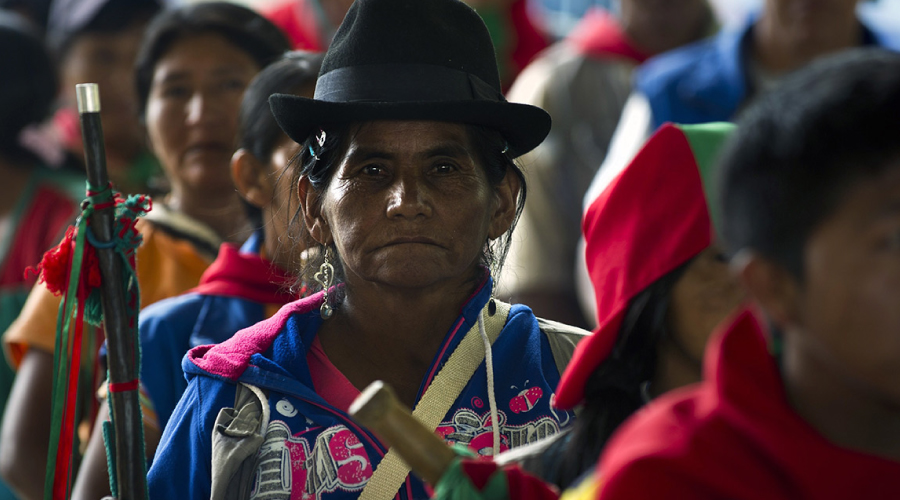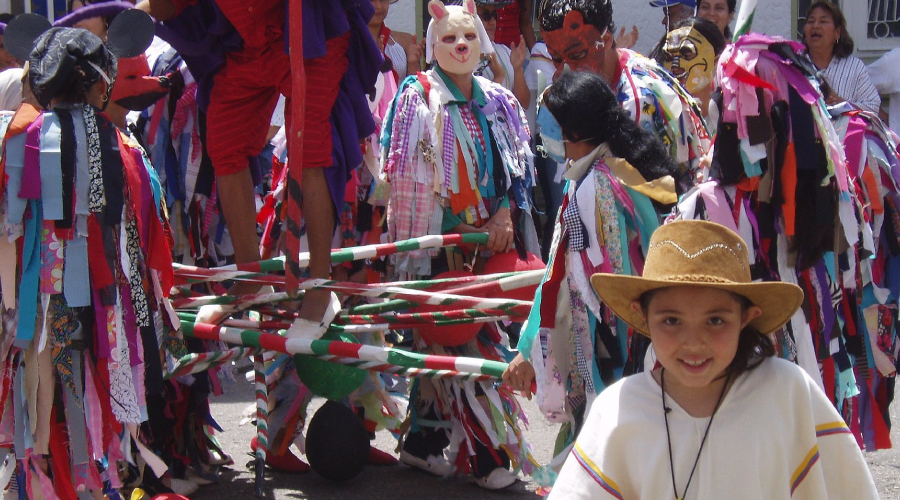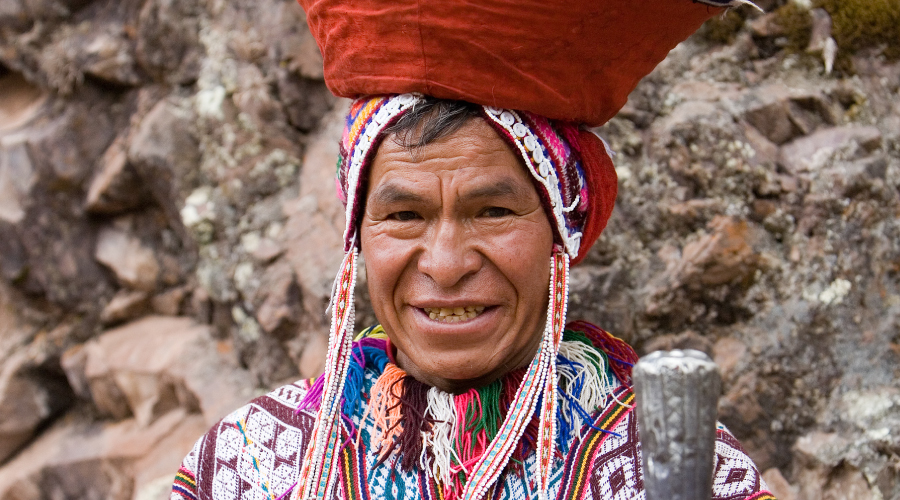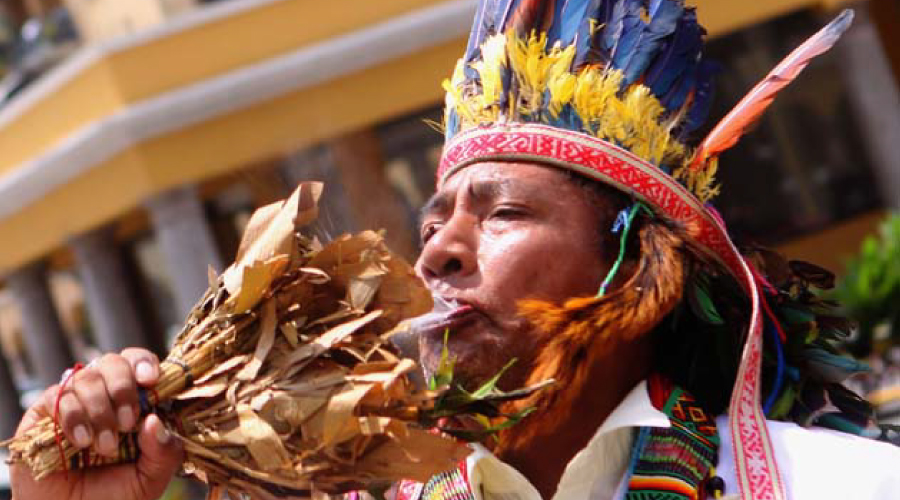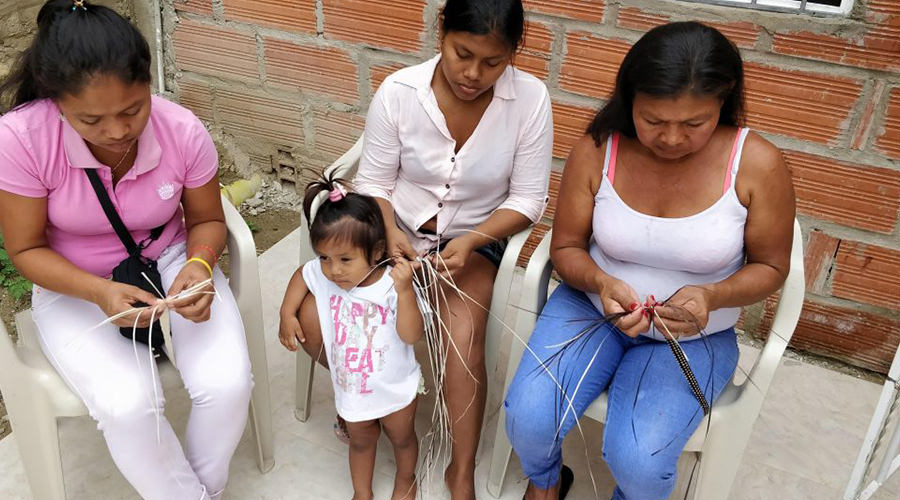Tribes and indigenous people of Venezuela & Colombia
The Luxburg Carolath Foundation works closely with the Bolivarian Republic of Venezuela tribes as well as the tribes from The Republic of Colombia. The foundation’s purpose is mainly to digitally preserve wide access information of their history, traditions and languages.
Venezuela
Indigenous people in Venezuela, Amerindians or Native Venezuelans, form about 2% of the total population of Venezuela, although many Venezuelans share some indigenous ancestry. Indigenous people are concentrated in the Southern Amazon rainforest state of Amazonas, where they make up nearly 50% of the population and in the Andes of the western state of Zulia. The most numerous indigenous people, at about 200,000, is the Venezuelan part of the Wayuu (or Guajiro) people who primarily live in the State of Zulia between Lake Maracaibo and the Colombian border. Another 100,000 or so indigenous people live in the sparsely populated southeastern states of Amazonas, Bolívar and Delta Amacuro. There are at least 26 indigenous groups in Venezuela, including the Ya̧nomamö, Pemon, Warao people, Baniwa people, Kali’na people, Motilone Barí, Ye’kuana and Yaruro.
According to the most popular and accepted version the name of Venezuela: in 1499, an expedition led by Alonso de Ojeda visited the Venezuelan coast. The stilt houses in the area of Lake Maracaibo reminded the Italian navigator, Amerigo Vespucci, of the city of Venice, Italy, so he named the region Veneziola, or “Little Venice”.The Spanish version of Veneziola is Venezuela.
Below are some of the photos of Anu tribe which still exists today in Maracaibo in the region of Santa Rosa de Agua.

